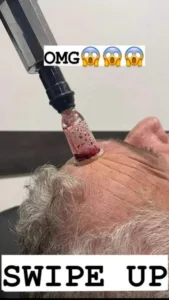
Cupping therapy is an ancient form of alternative medicine involving cups placed on the skin to create suction. The cups can be made of various materials like glass, bamboo, earthenware, or silicone. Cupping dates back to ancient Egyptian, Chinese, and Middle Eastern cultures, as mentioned in the Ebers Papyrus, one of the oldest medical textbooks.
There are different methods of cupping, including dry and wet cupping. Dry cupping involves creating a vacuum by placing a flammable substance in a cup and setting it on fire, while wet cupping includes making tiny cuts on the skin after creating suction to draw out a small quantity of blood.
Despite its long history, scientific studies on cupping are limited. Some suggest it may help with conditions like acne, herpes zoster, and pain management. However, more research is needed to validate these claims. The British Cupping Society mentions various uses for cupping, including treating blood disorders, rheumatic diseases, fertility issues, skin problems, high blood pressure, migraines, anxiety, and more.
Cupping is generally considered safe when performed by trained professionals. Possible side effects include mild discomfort, burns, bruises, and skin infections. Contamination of cups and equipment can pose a risk of spreading bloodborne diseases if not sterilized correctly between patients.





